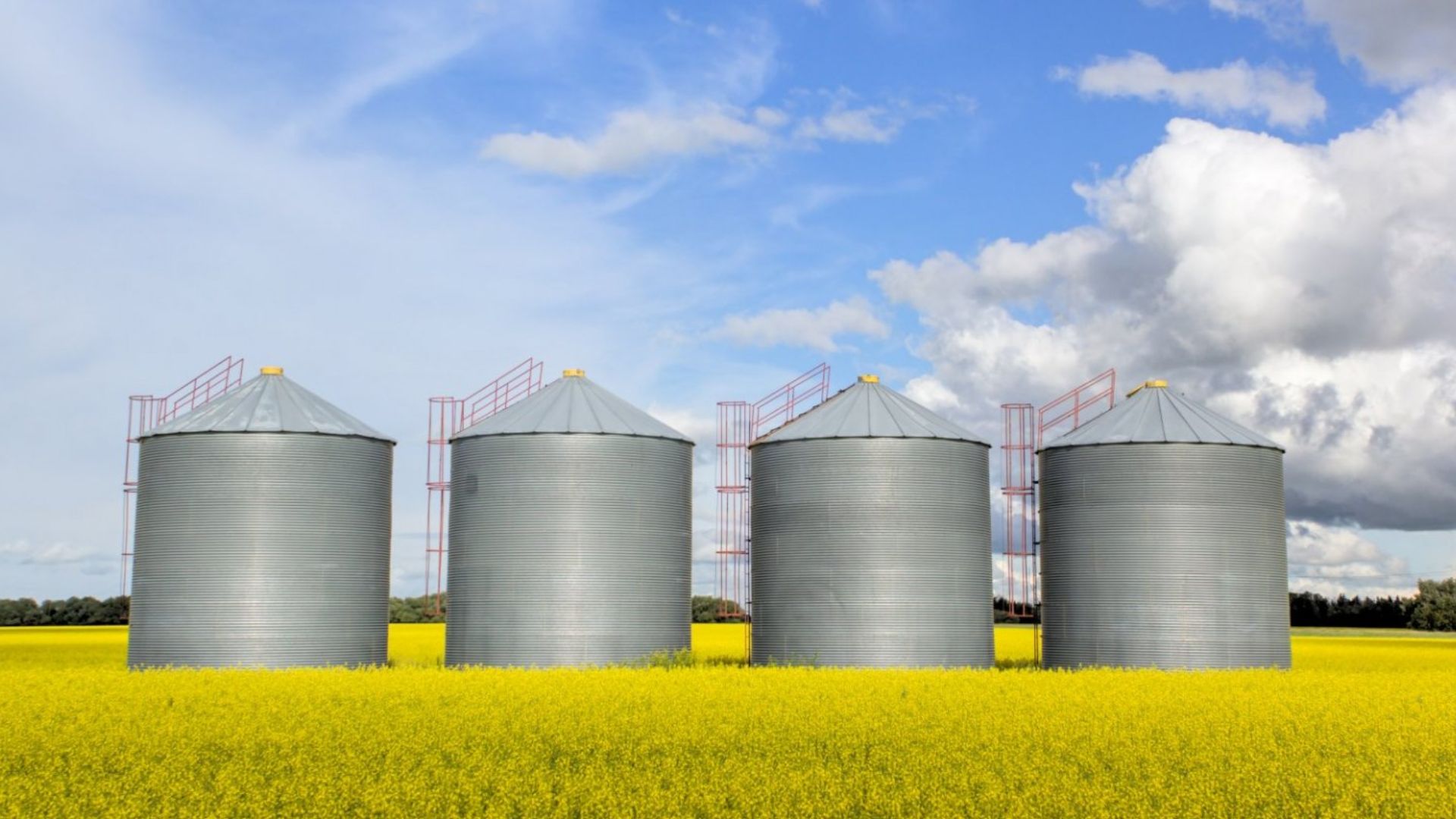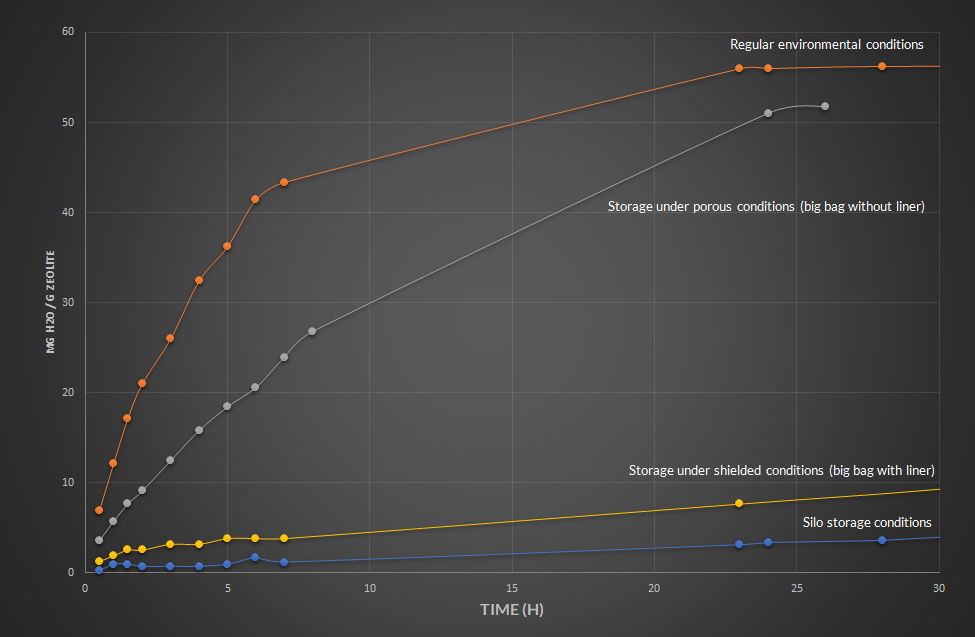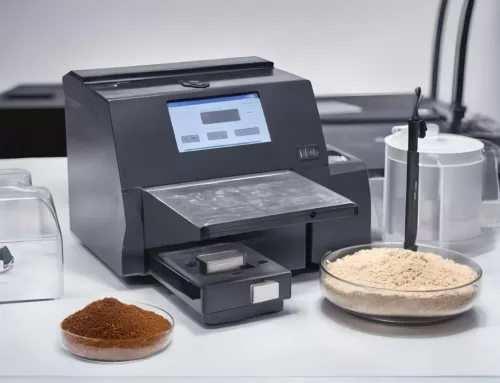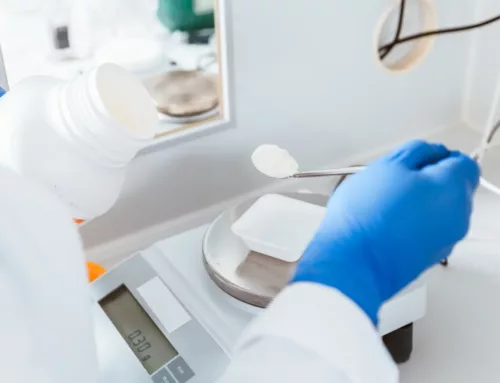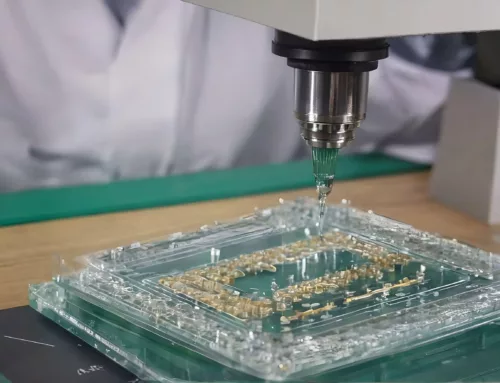Powder storage solutions for bio-gas
We were asked by a client in an emerging market whose primary business is the production of biogas to simulate the atmospheric conditions in the plant and to measure the impact of the factory’s environmental conditions on the used powdery adsorbent, which is generally used for purification. The client in question did not ask us to look at the production side of their process. We were asked to look specifically at the atmospheric conditions in the factory and the impact on their purification material during handling and storage.
What made this an interesting case for us was the requirement to fulfill the needs of an emerging economy, so there were stringent budget boundaries to the storage of the product.
With the ever-growing relevance for energy to be renewable and the increasing need for emerging economies to have access to a sustainable energy source, taking into account the finite nature of fossil fuels and the impact it has on the environment and health. The urge for a renewable energy source that is cheap to produce is explored throughout the industry.
Powder storage solutions and Environmental conditions
Powder flow is affected by environmental conditions, such as moisture and static electricity, as well as powder related factors, such as morphology, size, size distribution, density, as well as surface area. Moisture is known to affect storage conditions and the flowability of powders. We specifically looked at moisture through atmospheric transference. In this article, we will specifically look at the material saturation conditions during storage and how to overcome these issues (cost) effectively,
Material saturation conditions and Powder storage solutions
.
One of the requests was to look at storage means that were economically viable but wouldn’t cause a change in the behavior and performance of the powder during the storage process. On our first approach, we mimicked the factory conditions in our laboratory climate chamber, bringing the temperature to 20° C with a relative humidity of 50%. Thereby we looked at the various mass increases over time under various modes of storage. The idea was to examine the moisture uptake of the product and aim at the optimum storage conditions of the material taking economic motivations into account. This in order to keep the production of biogas and thus the solids handling as cheap as possible.The actual product had a particle size distribution from 0.2 to 20 µm. We first exposed the material to the environmental conditions without any shielding as a baseline and found that the material had a mass increase of 5.3% after 24 hours, an increase of 53 mg H2O per gram of product.
We then tested the material shielded in a silo simulated closed environment. We found that the material after 24 hours had a mass in- crease of only 0.34%, 3.4 mg H2O per gram of zeolite. Of course, these conditions can be accounted as close to optimal, but are costly, and while ideal in terms of storage it does not meet the economic directives as mentioned. So we had to look for alternative storage means, we then decided to look at a big bag solution. We investigated the viability of the big bag in which the product is delivered; these specific typees of big bag are provided without any liner that should act as a moisture barrier. In our simulated environment, we quickly found that the mass increase was close to 4.8% during a period of 24 hours. We thus noted that the big bag conditions relate closely to the natural environmental conditions of the product without any shielding.
.
In conclusion
So while a silo with a valve/ cover works ideal for limiting environmental exposure it does not fit with the economic motivations. So alternatively, the ideal would be a big bag with a specific liner. We found that a big bag with a Polyethylene terephthalate lining is the most economically effective approach for our client. Polyethylene terephthalate is a common thermoplastic polymer resin of the polyester family and is used in fibers outstanding as a moisture barrier material in this case used as a liner. Polyethylene terephthalate is hygroscopic based on its semi-crystalline resin, it makes an excellent gas barrier. The big bag also referred to as a Flexible intermediate bulk container or BIFC for short has a liner with a range of 40 to 250 micron has a close simulation of the environmental conditions of the silo.
.
What we can do for you: Mimicking industrial processes on a lab-scale
We provide a wide range of unique services ranging from the research of materials’ properties, development of new techniques, methodologies and equipment, innovative research projects for materials development, consultancy in powder technology as well as lab-scale industrial set-ups, offering the most appropriate analysis conditions for our client’s needs. This implies selecting particular analysis techniques as well as considering the right analysis conditions! Want to learn more about how we can help you, feel free to reach out. We are looking forward to hearing from you.


